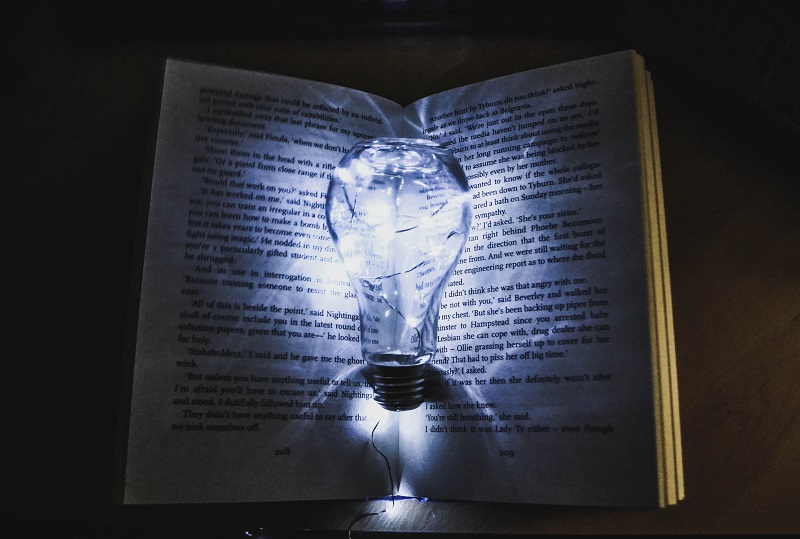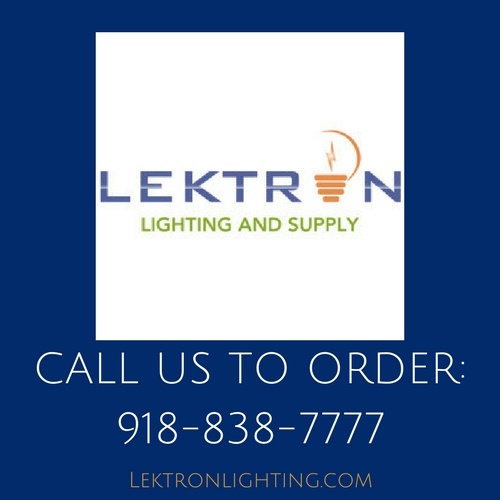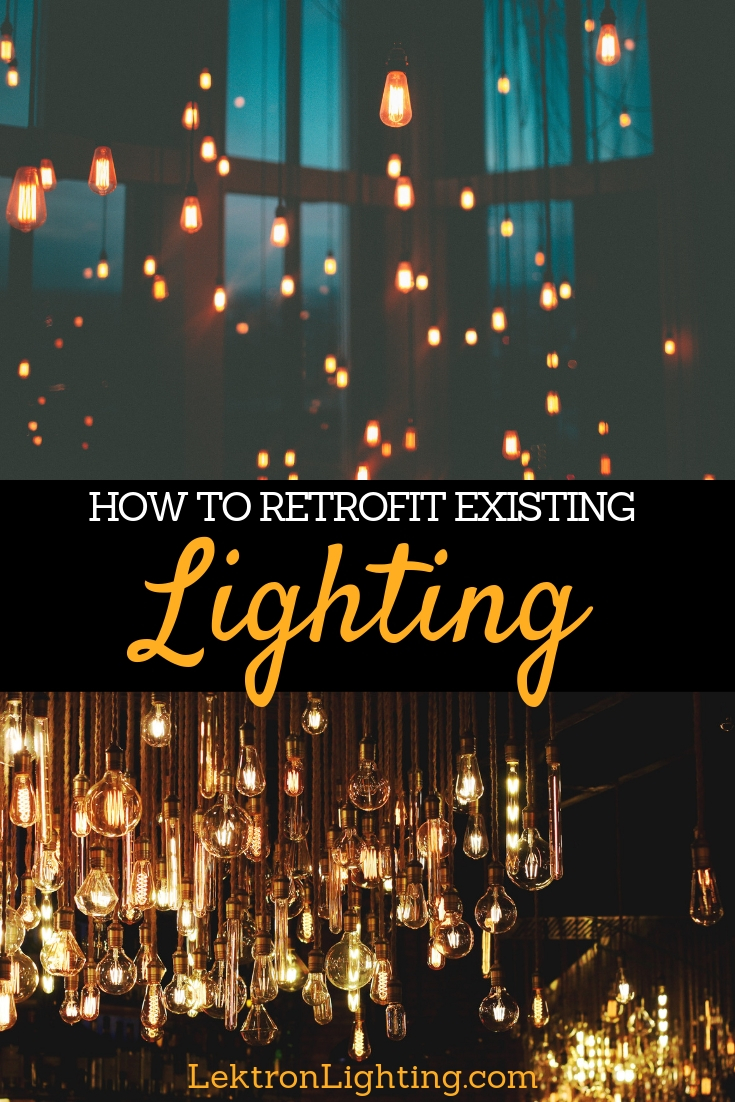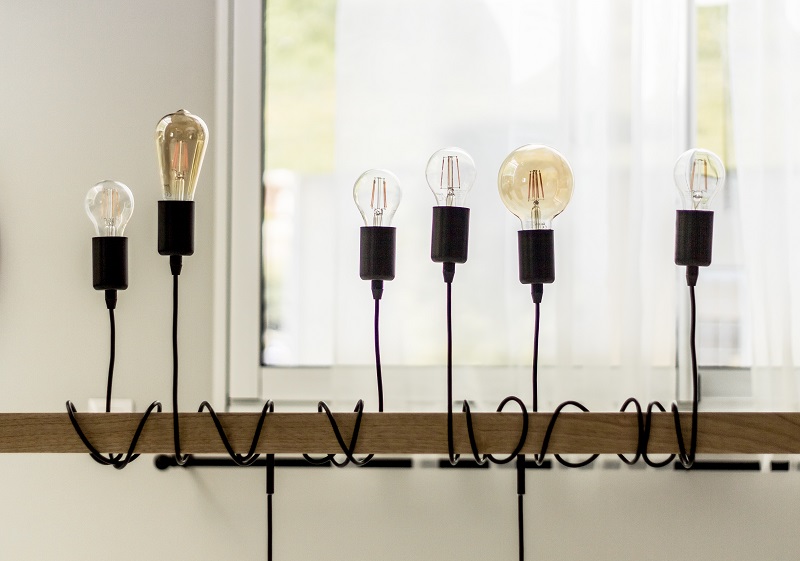To understand how to retrofit existing lights you need to understand what retrofitting is in the first place. To retrofit is simply to add something to a fixture that wasn’t there before. For example, if you want to retrofit your lighting to LED bulbs, simply replace the bulbs with LED bulbs. That’s it, you’ve retrofitted lights in your home. But there are more ways to retrofit lights in your home or work.
Learn how to retrofit existing lights in your home or business in order to advance technology, save money, and make life easier.
How to Retrofit Existing Lights | Smart Lights
One of the easiest and common ways to retrofit lights is to add smart capabilities to your lighting. You can add smart lighting in many different places and retrofitting them is very simple. All you need to do is decide which smart light is your favorite or fits your needs. Once you’ve got a smart light bulb, simply unscrew your existing light bulb and screw in the new smart light. Set up your light as instructed and you’ve just retrofitted your existing lights. While this seems easy, it is, but there are some retro fittings that take a little more effort.
How to Retrofit Existing Lights | Fluorescent Lights
Many people want to upgrade their existing T12 or T8 fluorescent bulbs to LED lighting. Making that change will not only save you money but make it so you don’t need to replace your bulbs as often. There are cheaper options that allow you to simply replace the bulb and not have to worry about the ballast or existing fixtures. But this way also produces poor lighting and there is a loss of power from the ballast. Another way is to find bulbs that connect directly to the electric current and have an internal driver to regulate. However, electricians are recommended to help make sure this retrofit goes as it should. Lastly, there are the types of bulbs that require a complete rework of the fixture and how power is distributed. No matter which way you choose to go, retrofitting is always a good idea as it saves energy, money, and the environment.
How to Retrofit Existing Lights | Why?
Before taking on the task of retrofitting any type of light it is important to figure out if you need it in the first place and why? A few things you should consider before starting your retrofitting project include overlit spaces, lighting needs, length of stay in the place, and how much control over the lights you will need. Retrofitting can be challenging and switching over to LED bulbs can get a little costly initially. But over time, costs are lowered and paid back in energy savings and you may discover, through this process that retrofitting is an excellent idea.




